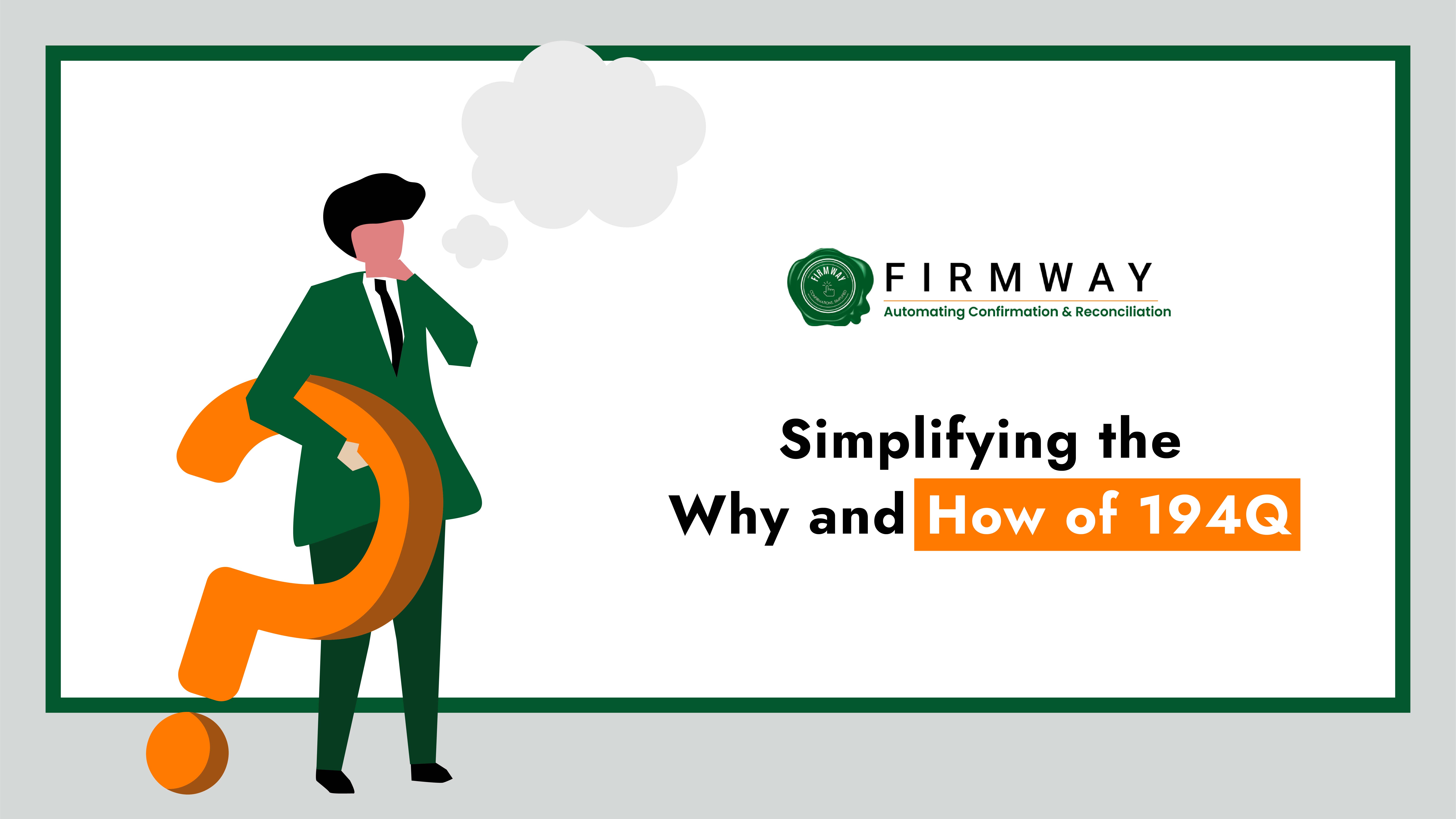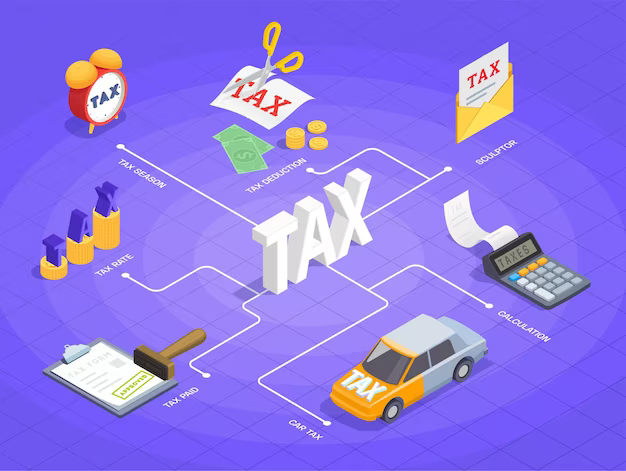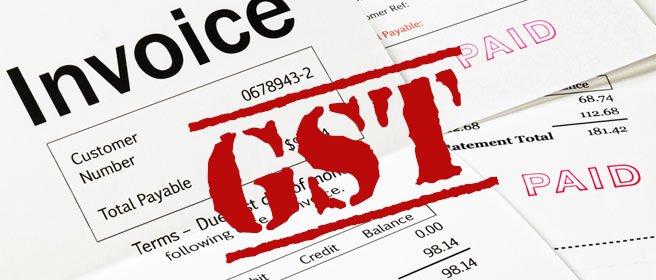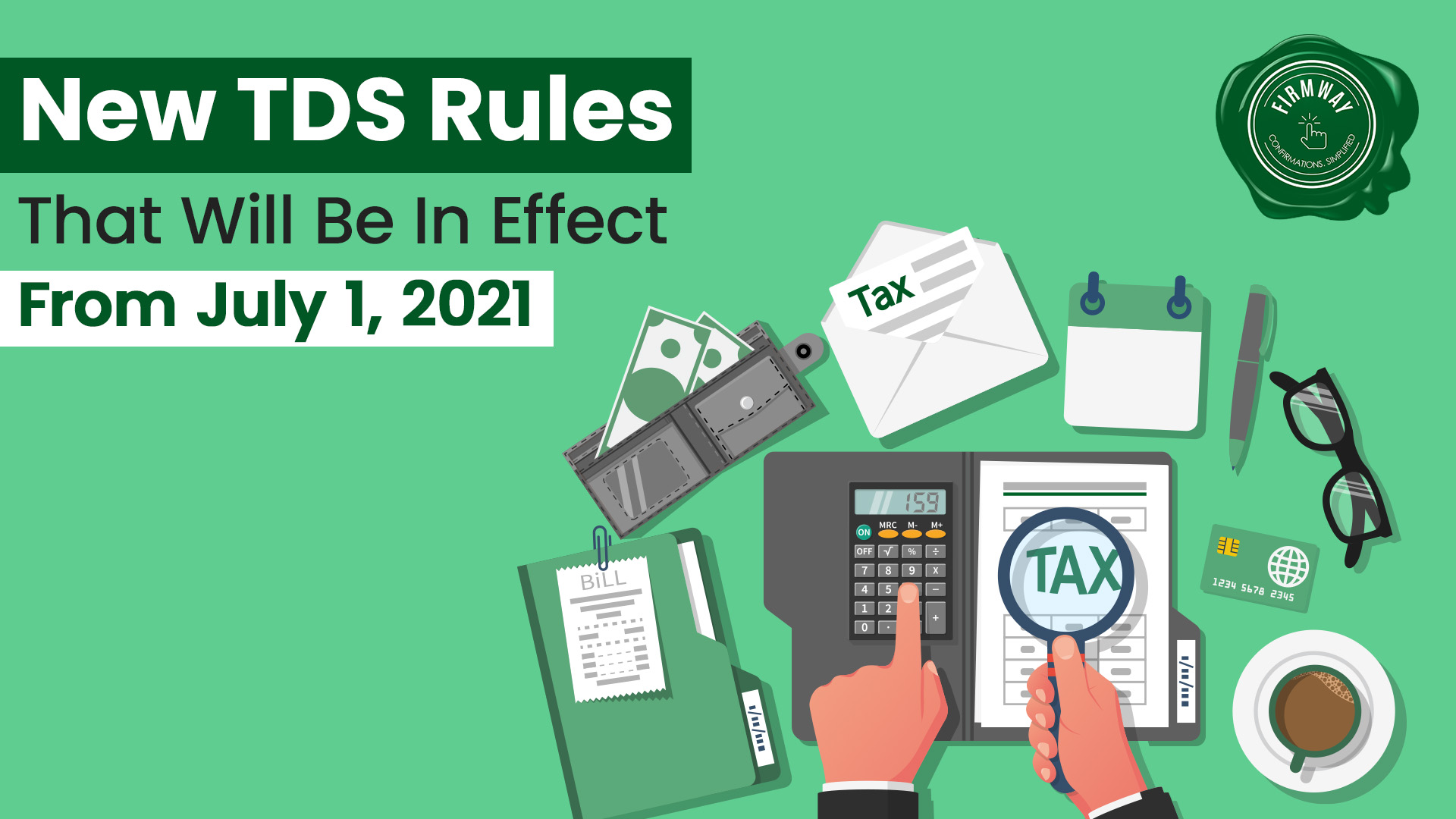Background
Business returns constitute less than 2% of overall Income Tax Returns filed in India for AY 2021-22, underscoring the pressing need for Step-by-Step Mastery of Section 194Q. Furthermore, clearly indicating evasion of taxes. To combat tax evasions and non-filing of returns, the Indian government has expanded TDS and TCS provisions in the past two years.
The government is working towards bringing dividends, purchases, sales, e-commerce operators, etc., all under the scope of TDS and TCS as it makes tracking transactions easier. Specifically, the TDS/TCS provisions on purchases and sales are redefining steps for India’s taxation system.
Mastering Section 194Q: Gaining Proficiency in Step-by-Step Mastery of Section 194Q and Understanding Its Impact
Section 194Q, introduced under the Finance Act, 2021, effective from 1st July 2021, aims to curb tax evasions and fraud. Additionally, it mandates that buyers with turnovers exceeding Rs 10 crores in the preceding financial year deduct tax on purchases over Rs 50 lakhs, given the seller’s Indian residency.
Moreover, with 194Q in effect, all high-volume sale/purchase transactions will come under record, thereby significantly reducing the chances of evasions. However, these provisions inevitably add to the concerns of the CFOs and tax heads of large-scale companies in terms of its implementation and reporting.
Challenges faced by large-scale companies are:
Since large-scale companies have a high volume of sales and purchases both, availing of accurate TDS credits as well as deducting vendor TDS get wearisome for tax and finance teams.
Year-on-year locking of tax credits is a common problem among large-scale enterprises. Errors in availing of TDS credits and deducting TDS affect working capital efficiencies and invite tax scrutiny.
Thus, finance and direct tax teams should find the automation and technology-enabled solutions.
Streamlining Compliance with Section 194Q through Step-by-Step Automation
Technology and automation simplify the process of deducting, availing, and reconciling TDS/TCS, making Step-by-Step Mastery of Section 194Q easier. To avail complete TDS and TCS credits, reconciling 26 AS and maintaining accurate books of accounts is essential. Traditionally, companies reconcile 26AS at year-end as a post-mortem exercise, often resulting in credit losses. Companies should aim to perform this reconciliation quarterly.
Automation enables companies to incorporate reconciliation into their regular assessments. This, in turn, helps in proactive communication with vendors and reduces the risk of working capital shortages and credit losses.
One such software that assists 26 AS reconciliations is Firmway. It is a web-based SaaS software designed to streamline time-consuming reconciliations. Trusted by many big brands in India, it simplifies the reconciliation process for bulky 26 AS entries and books of accounts. It offers features such as PAN-TAN linking, automated reconciliation, and communication of differences. Thus, it makes accommodating new tax norms like 194Q trouble-free.
Conclusion
The Indian government is taking steps to make the country more tax-compliant, and large businesses should assist. Technology helps companies to abide by new tax laws swiftly. Regarding 26 AS reconciliations, automation helps highlight unresolved items and provides data-driven insights to CFOs. Hence, companies should adopt technology and automation software to contribute to building a tax-compliant economy.






